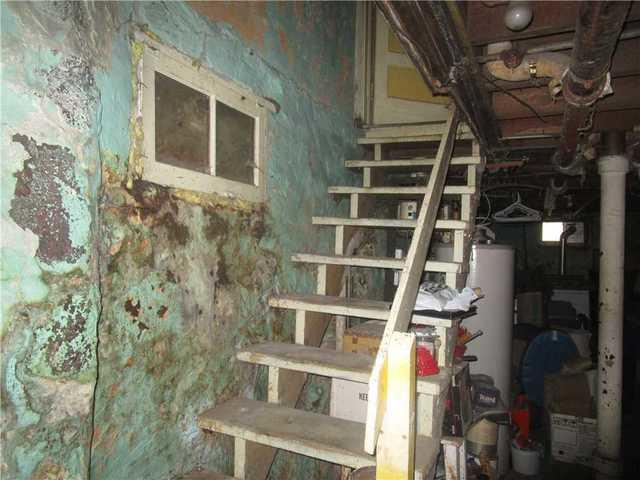
Basement Walls Un-insulated
These basement walls are unable to offer much protection for the home against cold temperatures.
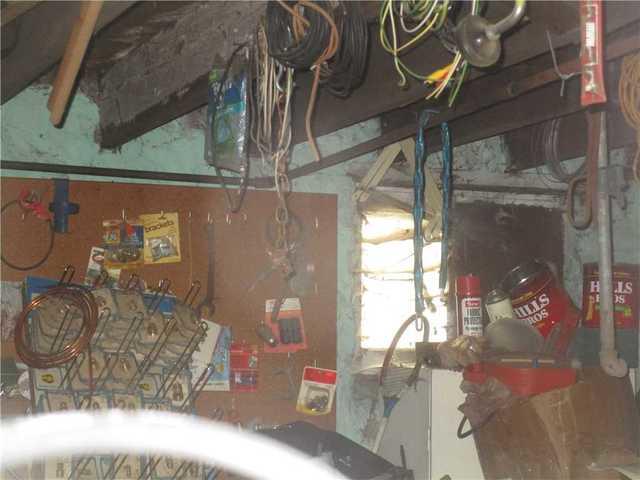
Rim Joists to be Sealed
Ceiling at the rim joists will prevent cold air from entering the basement.

Spray Foam Applied in Tight Spaces
Our production team is able to apply spray foam insulation behind important utilities where rigid foam insulation can't.

Closed-Cell Spray Foam
Closed-cell works just like it sounds; at the cellular level, our foam's cell are closed, meaning that no air or water can penetrate it.
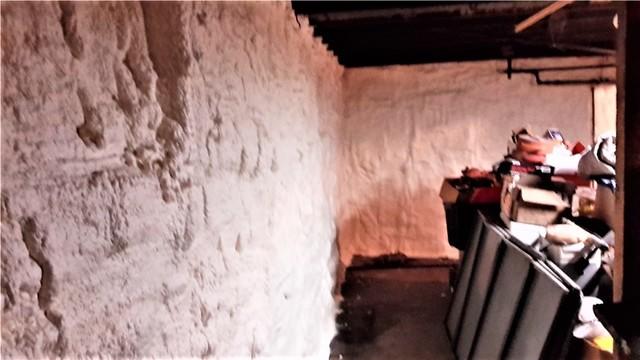
Basement Walls and Rim Joists Insulated
As air is warmed in the home, it wants to travel upward. Therefore, sealing the rim joists is key to preventing warm air from escaping upwards.
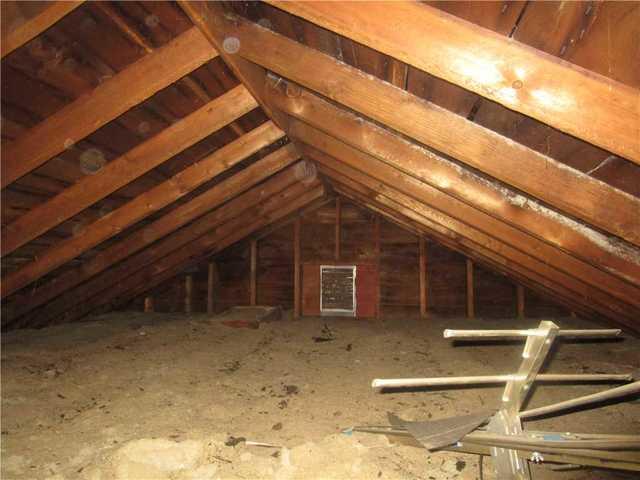
Existing Attic Insulation
It's difficult to see, but yes, there is insulation present in this attic. It has settles and disintegrated to the point that it's no longer effective.
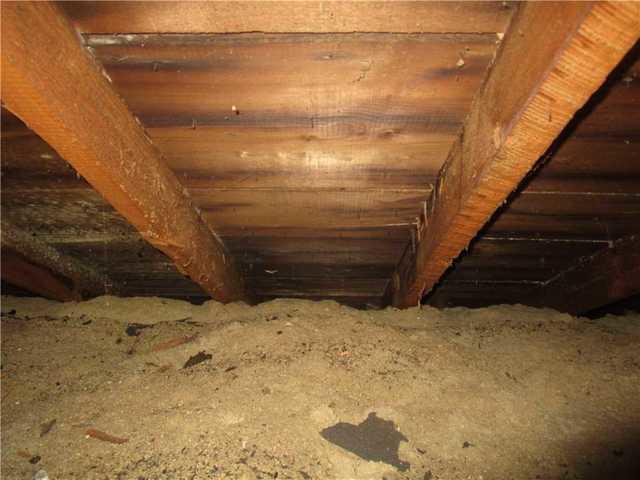
Attic Allowing Cold Air to Enter
There are very clearly gaps in the areas where this insulation is not able to provide protection.
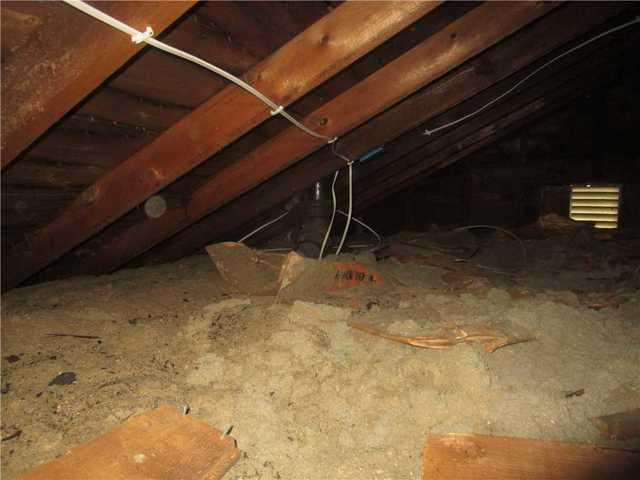
Attic Insulation to Be Removed
Our crew will first remove the existing insulation. The will then apply spray foam to seal the floor joints. From there, we will blow-in additional cellulose insulation.
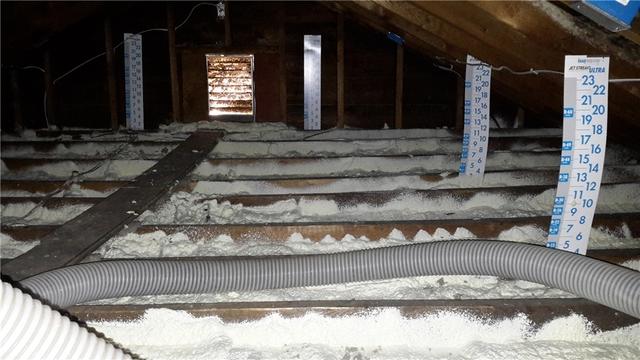
Spray Foam In Attic
Once applied, spray foam expands to fill gaps and cracks, far out-performing fiberglass batting.
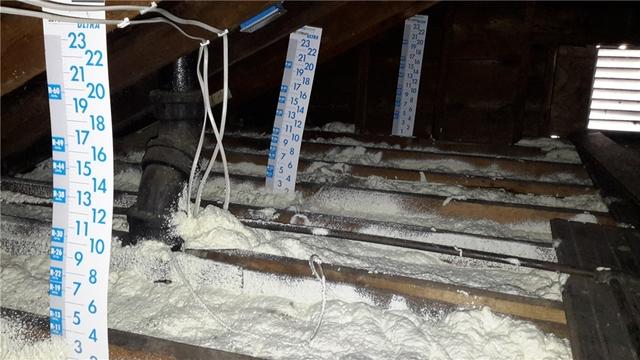
3-inches of Spray Foam
3-inches of spray foam gives this attic an R-value of 7.

Blown-In Insulation
This homeowner was interested in obtaining the most protection possible in the attic. After our spray foam had cured, we blew-in ultra dense cellulose insulation as well.
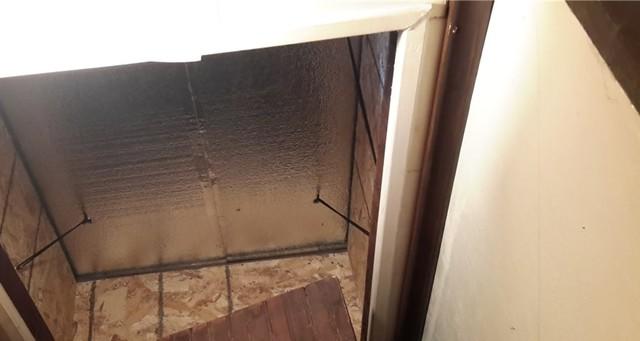
TerraBlock™ for Scuttle Cover
To further prevent warm air from escaping to the attic, our team lined the attic access with TerraBlock™ foam insulation.


